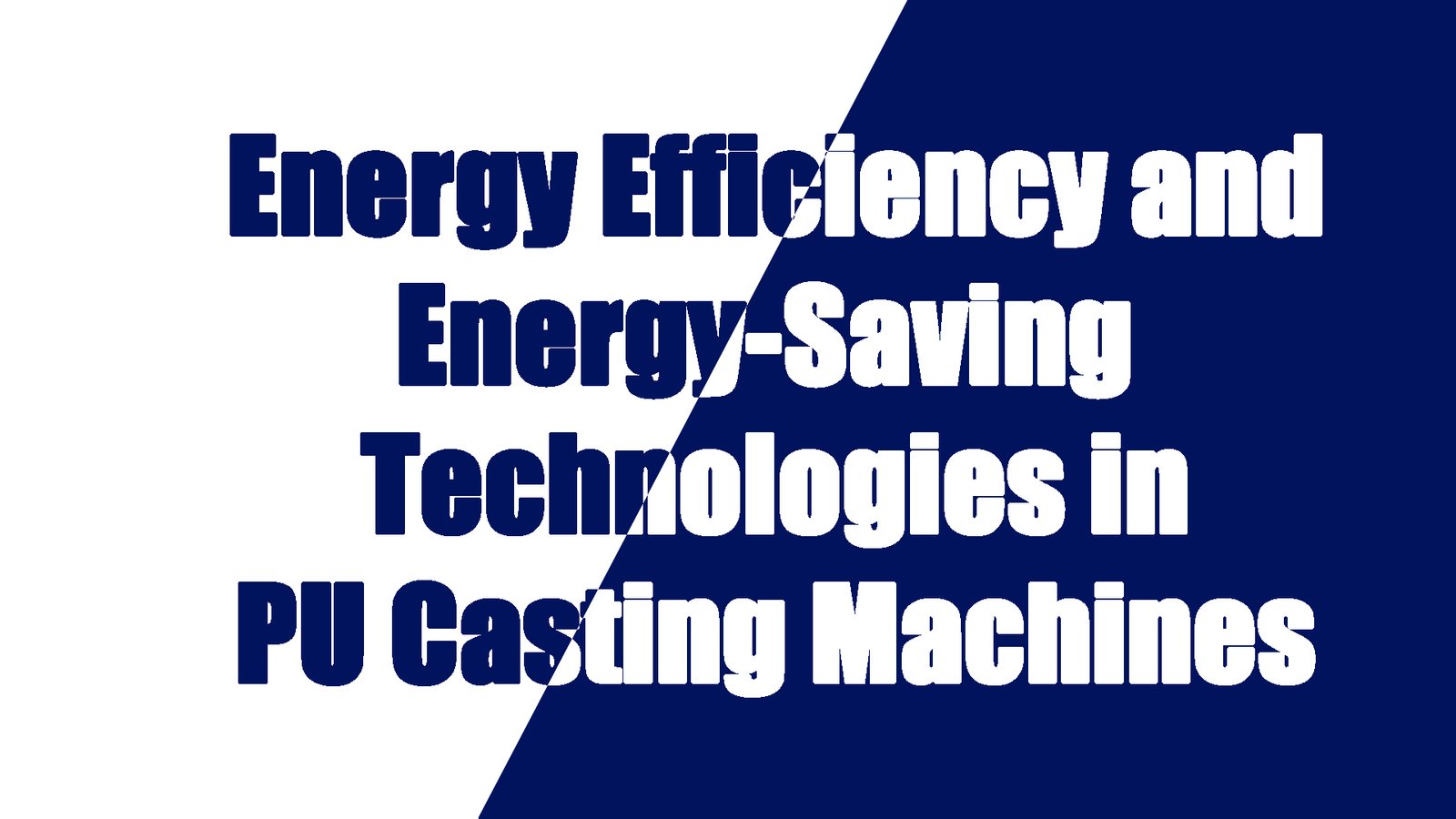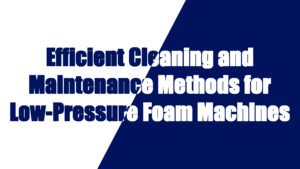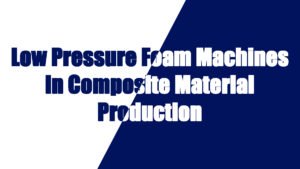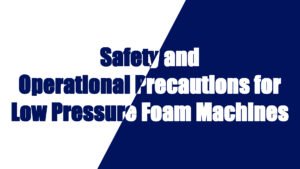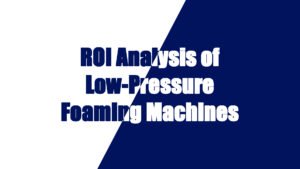As demand for elastomer products continues to grow, manufacturers are under increasing pressure to reduce operational costs, improve production efficiency, and adopt more sustainable practices. One key area of focus for achieving these objectives is improving the energy efficiency of production equipment. Specifically, in Máy đúc PU, optimizing energy usage not only helps lower costs but also reduces the environmental footprint of the production process. This article will explore various strategies and technologies that can improve the energy efficiency of elastomer machines and contribute to energy savings.
Optimizing Equipment Design
- Energy-Efficient Motors: The introduction of energy-efficient motors is one of the simplest yet most impactful ways to improve energy efficiency in PU casting machines. These motors are designed to minimize electrical losses and increase overall motor performance. By choosing high-efficiency motors, manufacturers can significantly reduce power consumption while maintaining or improving the machine’s performance.
- Improved Heat Exchange Systems: Efficient heat management is crucial in PU casting. Heating and cooling are essential during the curing and molding stages, and optimizing the heat exchange systems can help to maintain optimal temperature levels with less energy input. Using advanced heat exchangers allows manufacturers to reduce the need for external heating or cooling, resulting in lower energy costs.
- Variable Frequency Drives (VFDs): VFDs allow for the precise control of motor speeds according to real-time production requirements. By adjusting motor speed and torque to match load demand, VFDs avoid energy waste that would otherwise occur if motors were running at a fixed speed. This control leads to significant reductions in energy consumption, especially during non-peak operational times.
Energy-Efficient Production Process Design
- Optimizing Material Flow: The way materials flow through the system greatly influences the overall energy efficiency of PU casting. Poor material flow can lead to blockages or inefficiencies that require more energy to overcome. Optimizing the flow of raw materials reduces the strain on the system, leading to energy savings and smoother production.
- Automation and Control Systems: Integrating advanced automation and smart control systems allows for optimized production processes. These systems can adjust variables such as pressure, temperature, and injection speed automatically to ensure optimal performance while minimizing energy consumption. Automation can also reduce human error and unnecessary energy consumption caused by inefficient settings or manual adjustments.
- Reduced Cycle Times: Shortening the time taken for the curing and molding cycles is an essential strategy for reducing energy consumption in PU casting machines. The less time spent on these energy-intensive processes, the less energy is consumed. By optimizing mold designs, adjusting cycle times, and ensuring uniform material distribution, manufacturers can cut down on energy usage during production.
Advanced Insulation Techniques
- Improved Insulation Materials: Insulation is one of the most critical factors in reducing energy loss in Máy đúc PU. Using modern, high-performance insulating materials in the heating and cooling components (such as in molds, pipes, and temperature control units) minimizes energy losses, reducing the need for continuous external heating or cooling.
- Thermal Recovery Systems: Thermal recovery systems can capture waste heat from the production process and use it to pre-heat materials or components in the system. This reduces the need to generate additional heat and conserves energy. Reusing heat where possible not only saves on energy but also boosts the overall efficiency of the system.
Efficient Power Supply Management
- Power Factor Correction: The power factor indicates how efficiently electricity is being used. A low power factor means wasted energy and higher electricity costs. Power factor correction devices can be added to PU casting machines to ensure that the system uses electricity efficiently, minimizing energy losses and reducing electricity costs.
- Energy Storage Solutions: Integrating energy storage systems can allow for surplus energy generated during off-peak hours to be stored and used when demand spikes. This approach helps balance energy consumption, reduces reliance on the grid during peak periods, and leads to cost savings in electricity bills.
Maintenance and Operational Efficiency
- Routine Maintenance: Regular maintenance of PU casting machines ensures that all components operate at peak efficiency. Neglecting maintenance can lead to unnecessary energy consumption due to worn-out components, misaligned parts, or malfunctioning control systems. Performing inspections on a routine basis and replacing worn parts helps prevent energy waste and ensures smooth production operations.
- Operator Training: Well-trained operators are vital for ensuring energy efficiency. Proper training allows operators to adjust machine settings to minimize energy consumption, recognize inefficiencies, and correct them promptly. Operators should be educated on how to maintain steady production flow, reduce idle time, and prevent overuse of energy during operation.
- Energy Monitoring Systems: Energy monitoring and optimization systems provide real-time data on energy consumption across different stages of production. This allows manufacturers to identify areas of excessive energy use and implement corrective actions. By using these systems, companies can track energy consumption patterns and optimize machine settings to maximize efficiency.
Technological Innovations
- AI-Driven Process Control: Artificial Intelligence (AI) offers tremendous potential for improving energy efficiency in PU casting machines. AI algorithms can analyze production data in real time, identifying patterns and making adjustments to machine parameters automatically to optimize energy use. By predicting energy consumption based on historical data, AI can help reduce energy waste, maximize production output, and improve machine performance.
- Industry 4.0 Integration: The integration of Industry 4.0 technologies—such as the Internet of Things (IoT) and cloud computing—enables the seamless communication between machines and systems. These technologies allow for real-time monitoring and adjustment of energy usage, ensuring machines operate at optimal energy levels while also facilitating predictive maintenance to prevent energy-related issues.
Sustainable Practices
- Material Recycling: Recycling and reusing materials can greatly reduce the energy consumption involved in producing new elastomer products. By incorporating systems to recycle scrap materials within the production process, manufacturers can lower the energy required to process new materials, which is particularly beneficial in PU casting machines.
- Renewable Energy Integration: Many manufacturers are turning to renewable energy sources such as solar, wind, or hydropower to offset their energy consumption. Integrating renewable energy sources into the energy mix of PU casting production lines can significantly reduce costs and environmental impact. Additionally, hybrid energy solutions that combine renewable and traditional energy sources are becoming increasingly popular in manufacturing.
Improving the energy efficiency of PU casting machines is crucial for reducing production costs, enhancing sustainability, and improving the overall competitiveness of elastomer manufacturers. By optimizing machine design, integrating smart control systems, improving maintenance practices, and adopting energy-saving technologies, manufacturers can minimize energy consumption without compromising production quality or efficiency. Furthermore, as global energy prices rise and environmental regulations become more stringent, focusing on energy efficiency will be an important competitive advantage for companies in the elastomer industry. Through these strategies, elastomer production processes can become more cost-effective, environmentally friendly, and sustainable in the long run.


















